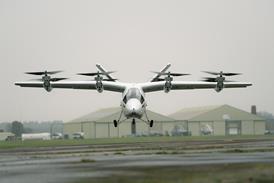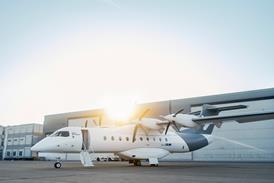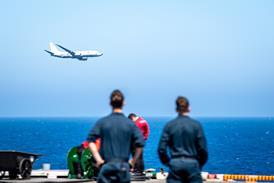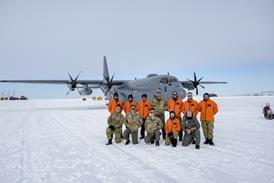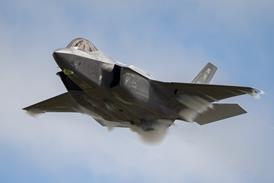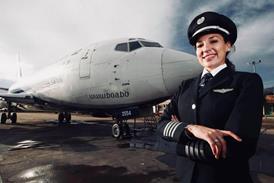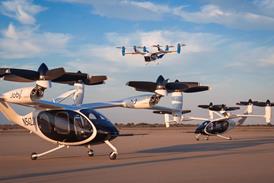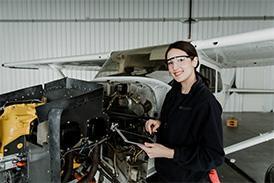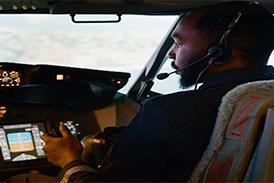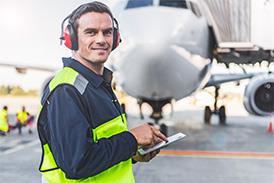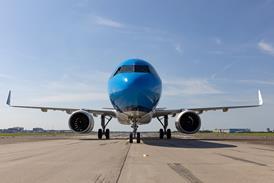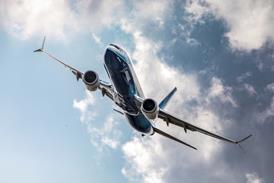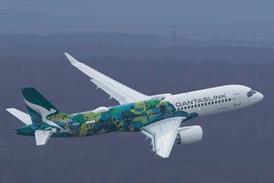PAUL LEWIS / WILLIAMSBURG
A three-phase A160 test programme is planned, with initial proof of concept due by 2004
The US Army and Defense Advanced Research Projects Agency (DARPA) is seeking to stretch the payload/range and sensor capabilities of the Frontier Systems A160 Hummingbird as the programme office looks to position the unmanned rotorcraft to fill a requirement for a medium-altitude, extended-range vehicle to replace the TRW/Israel Aircraft Industries Hunter as part of the Future Combat System (FCS).
DARPA and the army are planning to redesign the A160's three-bladed, variable speed rigidrotor to a four-bladed configuration to increase maximum weight from 1,820kg (4,000lb) to 2,270kg and to improve the machine's harmonics. Programme officials say it would be possible to increase the A160's payload volume from 1.1m3 (39ft3) to 2.8m3.
The A160 has flown 2.5h since first flight earlier this year. As configured, the UAV is intended to operate for 40h and has a 4,625km (2,500nm) range, with the variable- speed rotor allowing optimum performance during the hover and forward flight.
Sensors and communications to be tested on the A160 include an electro-optical/infrared (EO/IR) imager and laser designator, with the Raytheon AAS-44 and Lockheed Martin Hawkeye both being candidates. Other items include a synthetic aperture radar (SAR) with a ground moving-target indicator (GMTI) mode, foliage penetrating radar, electronic intelligence, electronic countermeasures, satellite communications and datalink.
DARPA and the army have a three-phase test programme for the A160, with the Phase 0 proof-of-concept effort using three baseline vehicles equipped with an EO/IR sensor due to conclude by 2004.
The overlapping Phase 1 requires six more vehicles and three ground stations for expanded envelope and SAR/GMTI testing in 2003-07.
Additional mission equipment will be tested in the third phase in 2006-09.
The army is writing a memorandum of agreement to assume A160 programme leadership from DARPA around 2004, when the army begins to provide the bulk of the funding. The objective is to demonstrate the system in a representative operational environment and fly at least 1,000h before proposing the A160 for full-scale development as a Block 2 system for the FCS family of vehicles.
Source: Flight International

